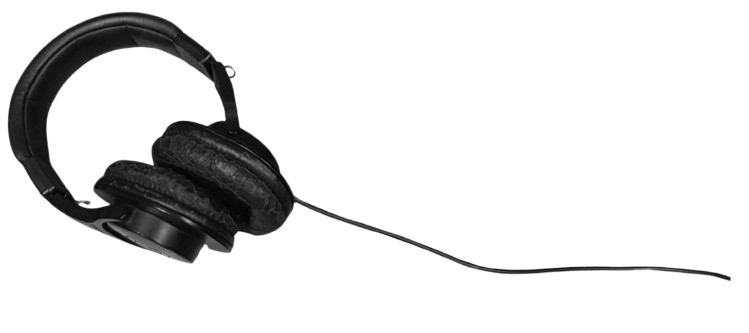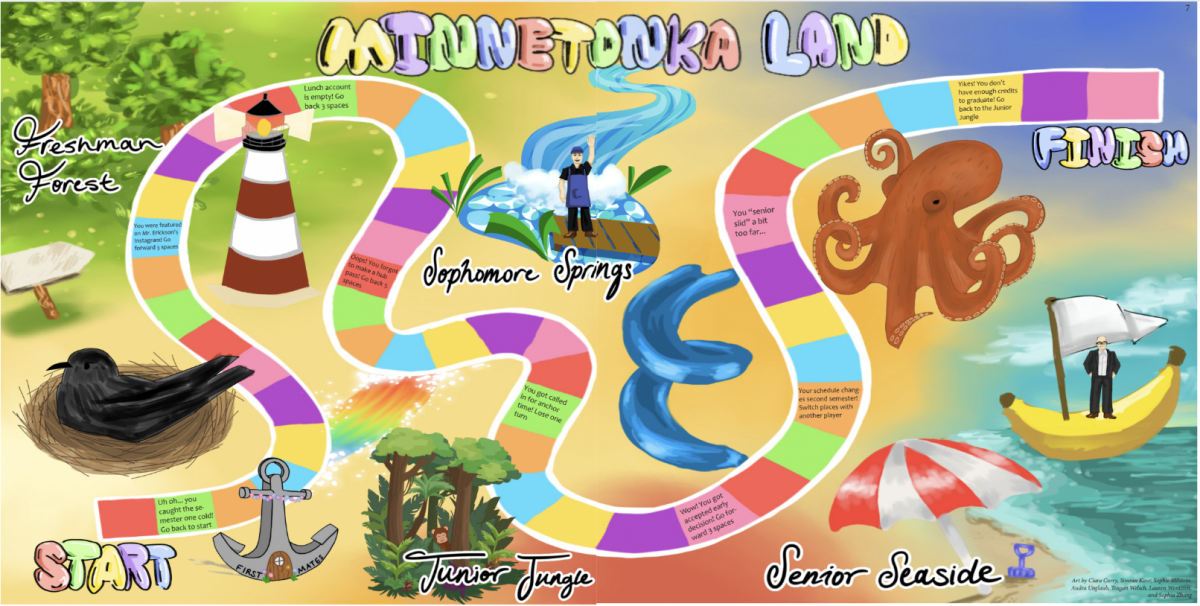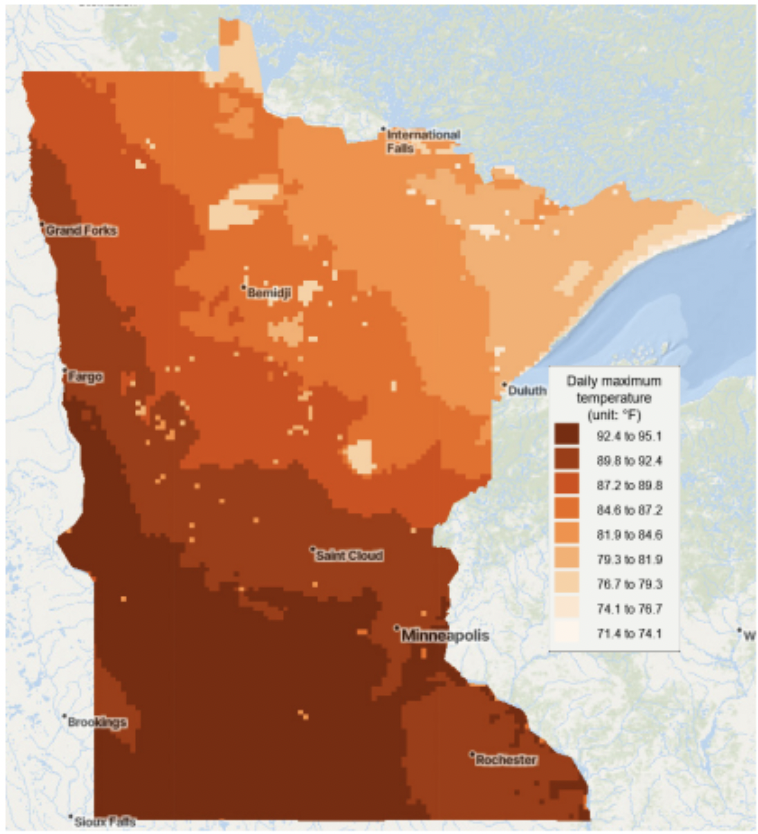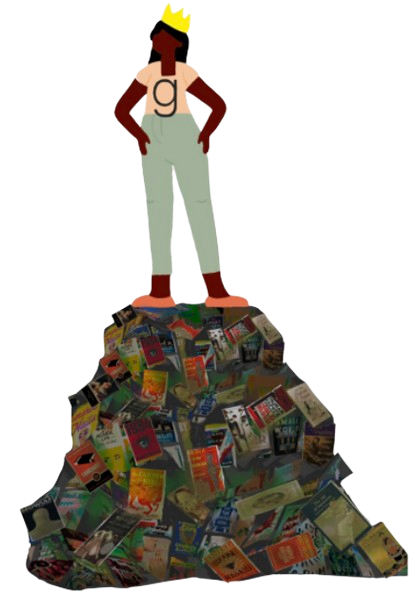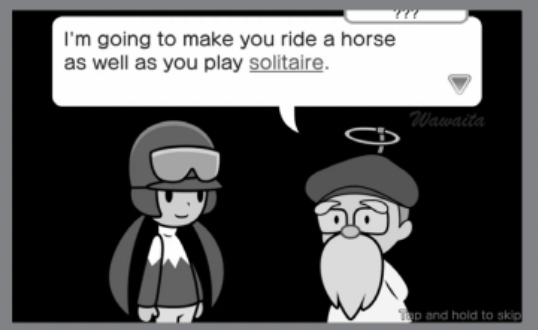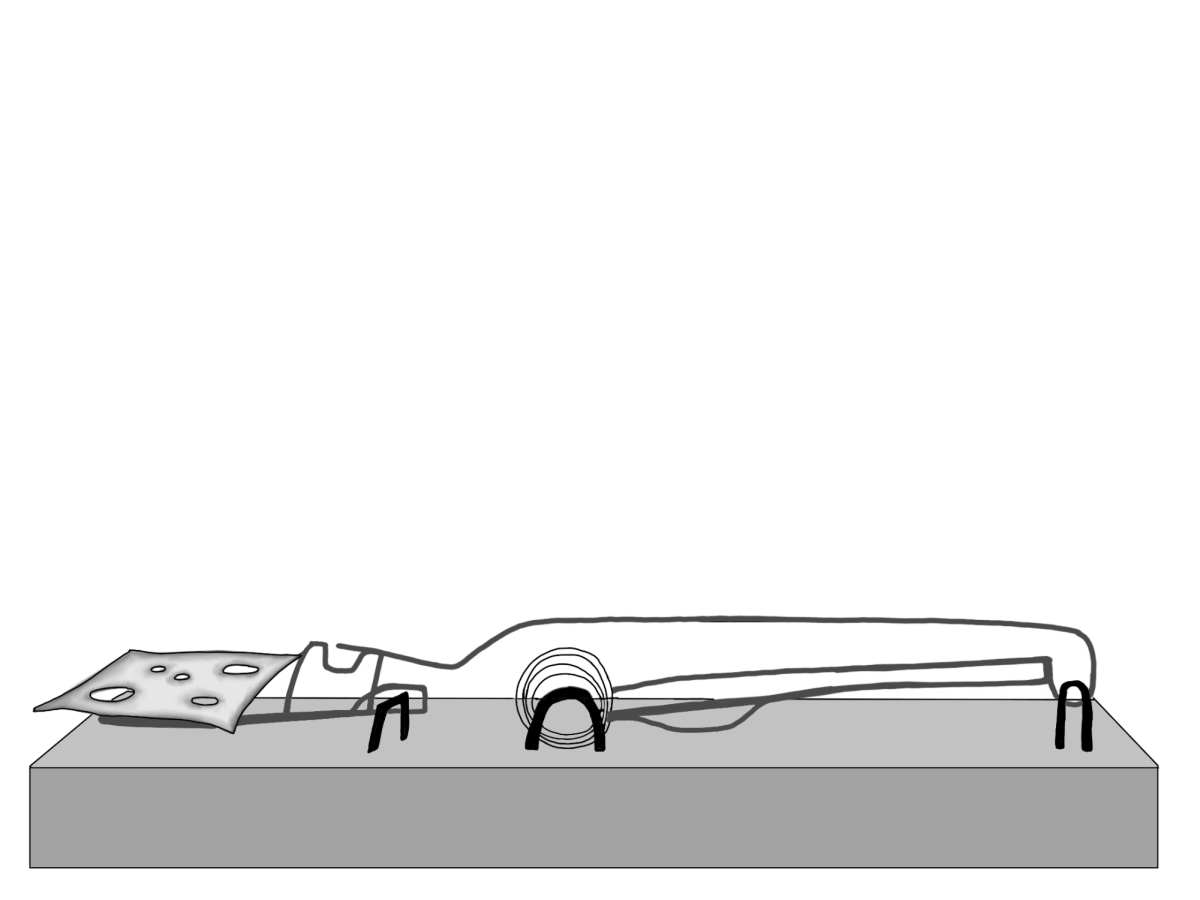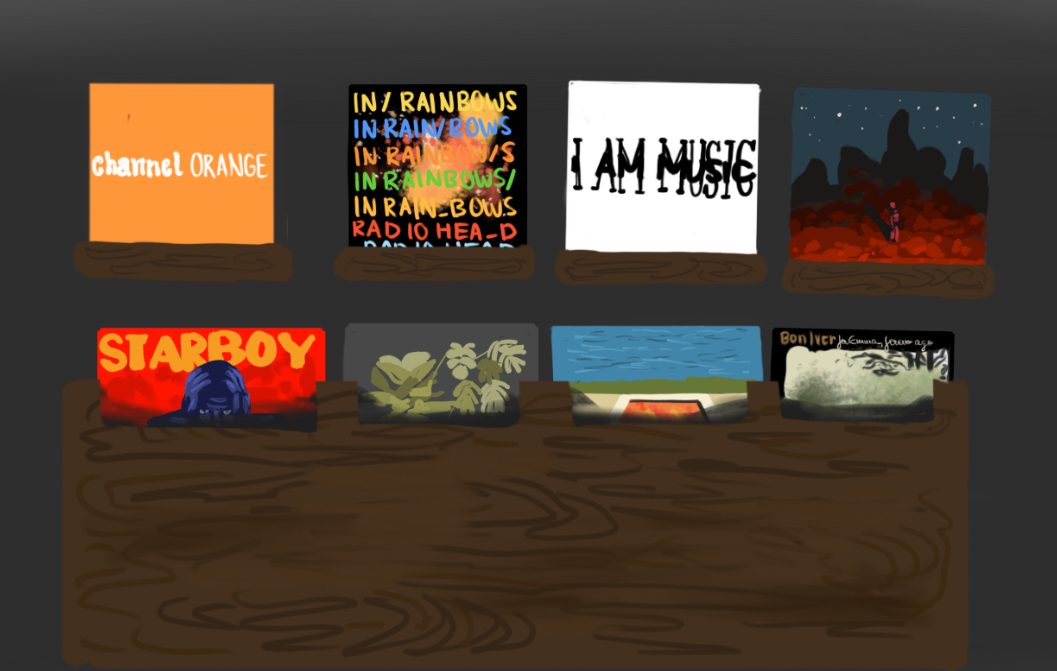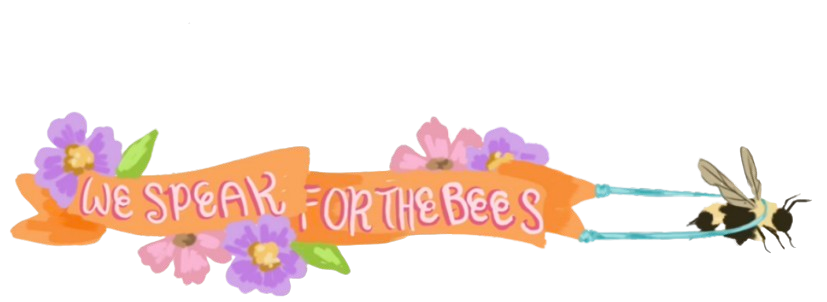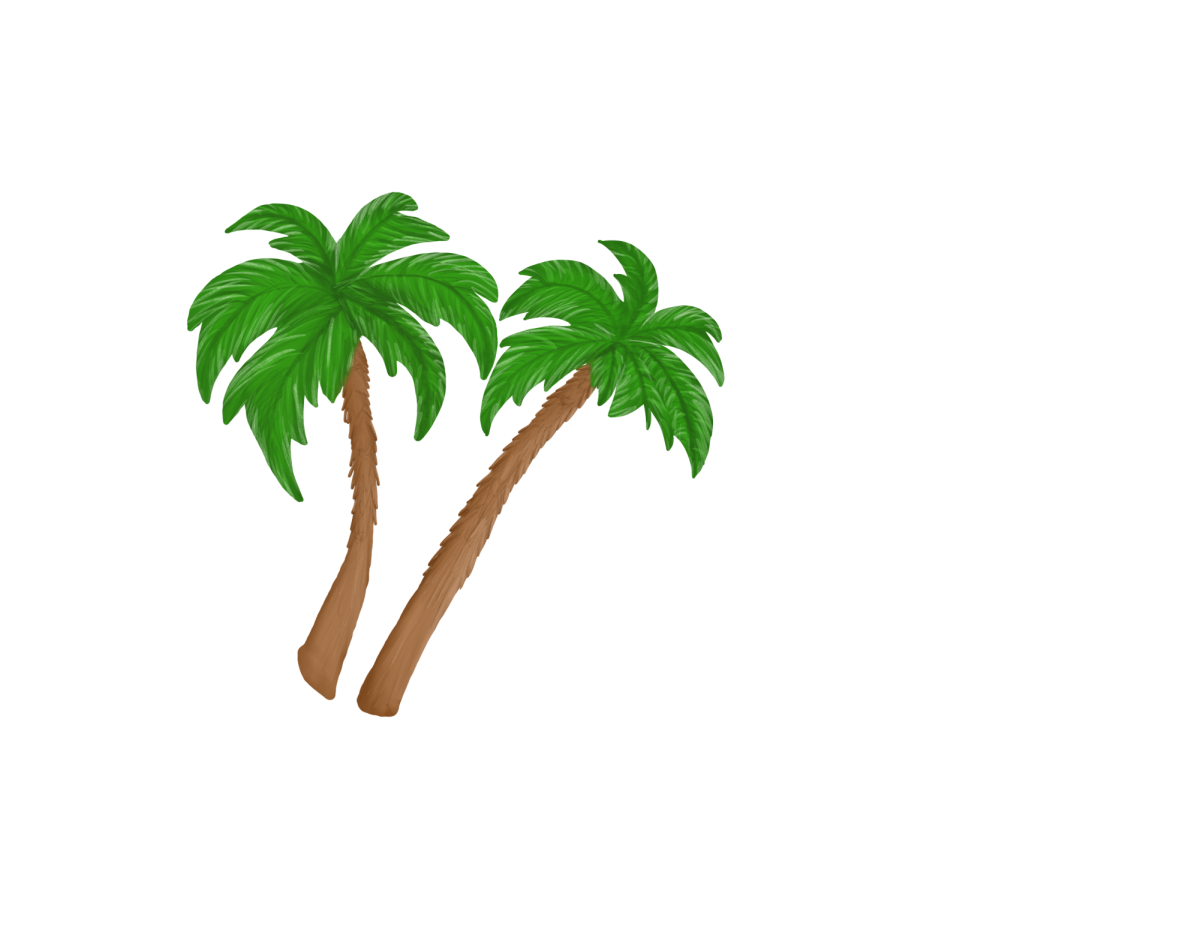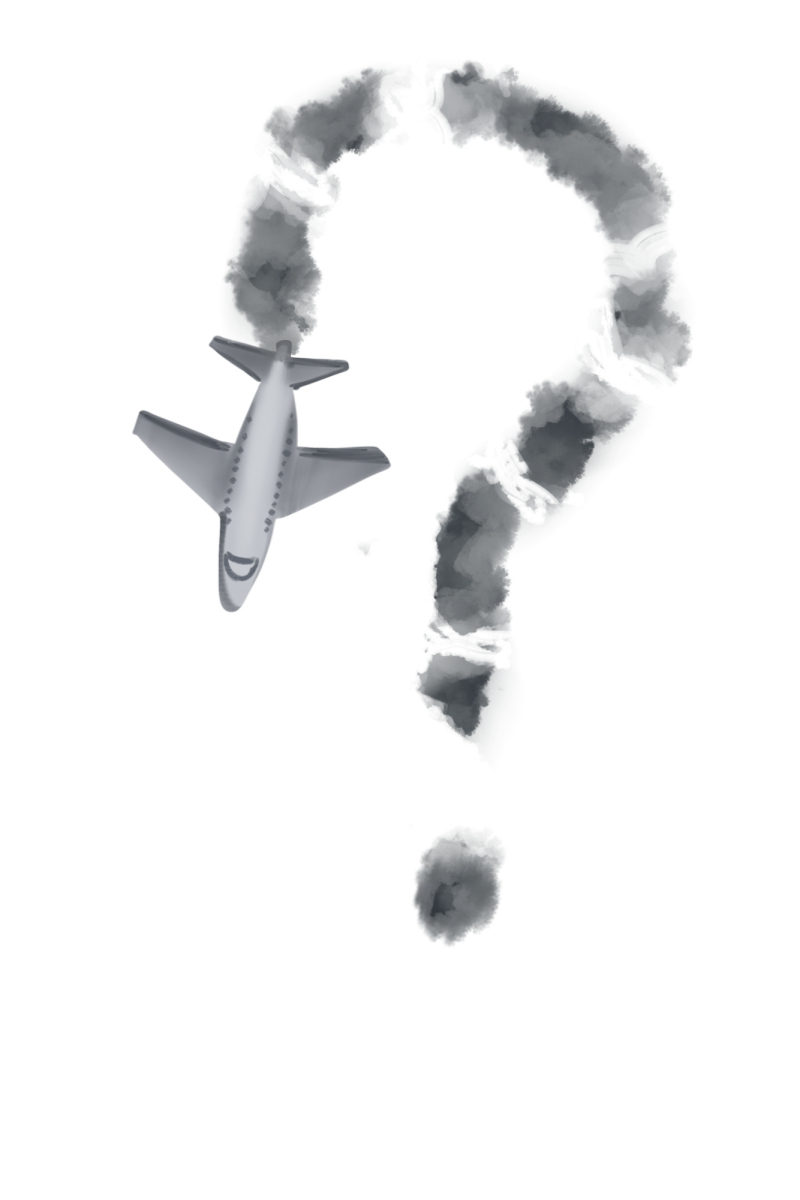We are currently in a global 6th mass extinction crisis. That kind of ruins the mood, doesn’t it? But why is it happening, and what can we do about it? The mass extinction crisis specifically refers to species’ accelerated decline and loss. However, this time, it’s anthropogenic, which means that humans and our activity is the leading cause of the decline. Deforestation, habitat destruction, global warming, overhunting, pollution, and even the introduction of invasive species are all causes of the rapid decline of species worldwide. Some predictions state that within the next 100 years, we could lose up to 50% of all of the existing species of today. A 2019 report from the Intergovernmental Platform on Biodiversity and Ecosystem Services (IPBES) states that over a million plant and animal species are currently threatened with extinction. This isn’t a new change, either; humans have been the direct cause of the extinctions of species like the dodo bird, the Caribbean monk seal, and the Tasmanian tiger, just to name a few. These species were lost from overhunting and poaching, a serious problem for many critically endangered species today (such as the black and Sumatran rhino).
One of the most pertinent causes for the loss of species is the loss of habitats. Namely, deforestation and pollution of water spaces are top priorities for conservation experts. For example, in Asia, the dipterocarp forests have been slowly disappearing due to deforestation. Dipterocarp trees are valued for their timber, but they are also being replaced with palm oil plantations, resulting in fewer homes for already endangered animals that live in that ecosystem. The International Union for Conservation of Nature (IUCN) is the global standard for assessing the conservation status of ecosystems, and it separates endangerment into categories ranging from Least Concern (LC) to Extinct (E). Take a look at the IUCN Red List of Endangered Species to find out what species are in danger, where they are, and the threats to their existence.
Katryna Kerr, a biology teacher at MHS, states that as lake culture is a large part of the Minnesotan life, it’s crucial that when removing a boat or a trailer from water, you “thoroughly clean it of all visible plant life, zebra mussels, or anything else before leaving the water access or shoreland.” By doing this, it ensures the survival of animals and plants that you have disturbed. Furthermore, taking note of what you purchase is important, and Kerr states that she personally has a “a deep love of the oceans and while Minnesota isn’t near [her], [she] can still help support their conservation by making sure [she] buy[s] reef safe sunscreen and check[s] [her] seafood purchases on the Seafood Watch app.”
Ultimately, the 6th mass extinction is a depressing reality, but by spreading awareness of this rapid decline, taking note of your purchases, and even cleaning the bottom of your boat, we can stop this mass extinction together to save the beautiful diversity of the species that decorate our world. As Kerr states, “Every little action and every discussion helps!”

